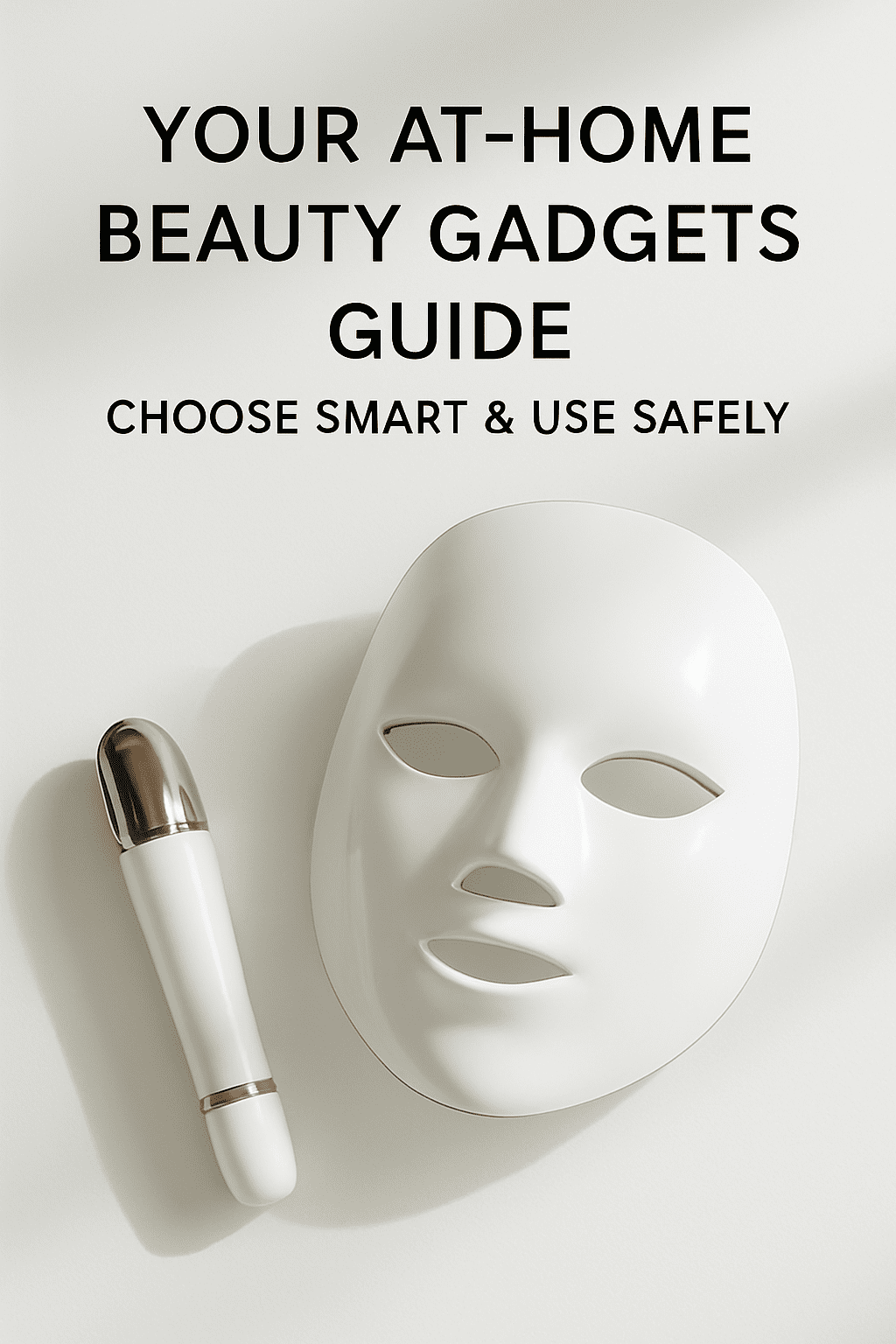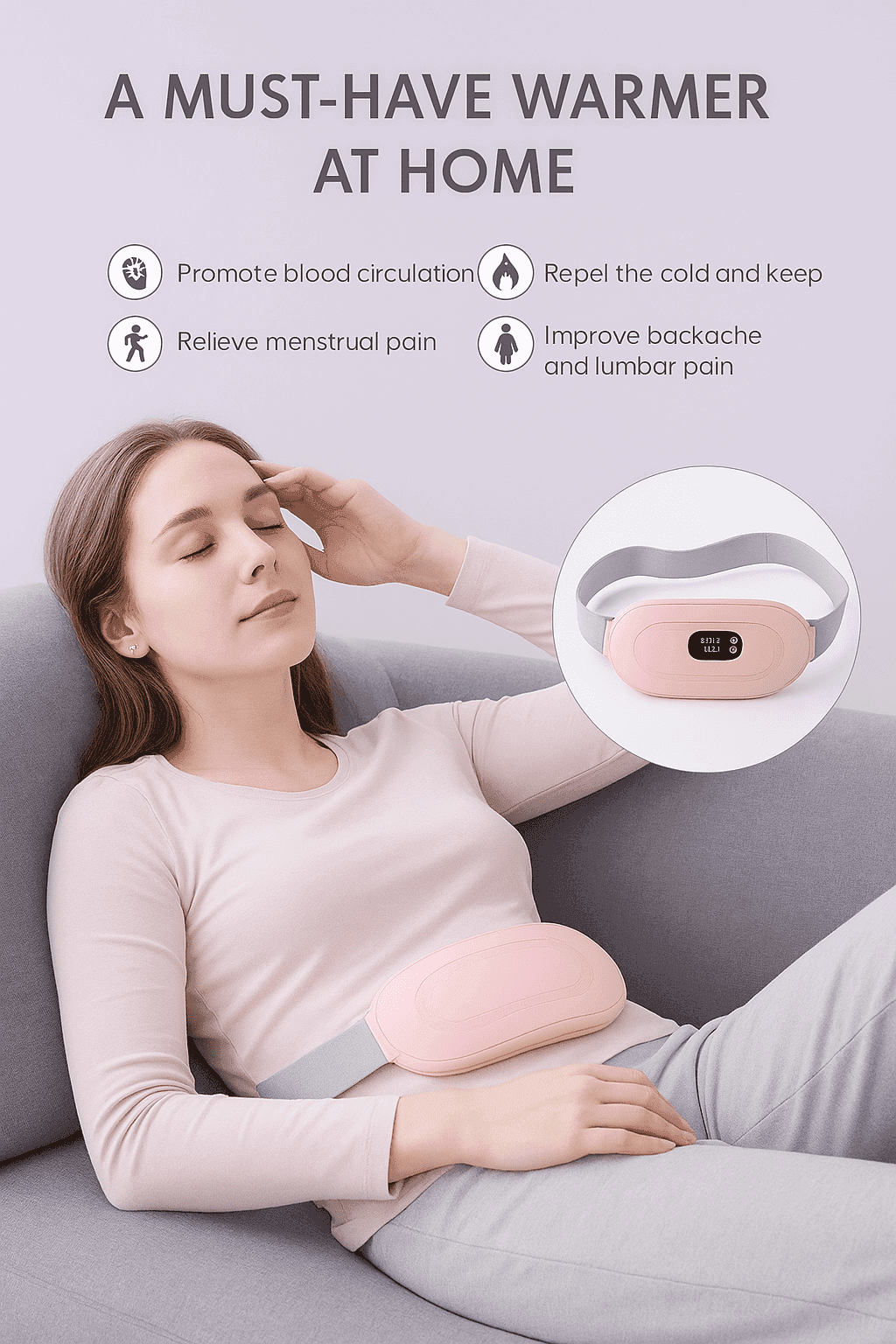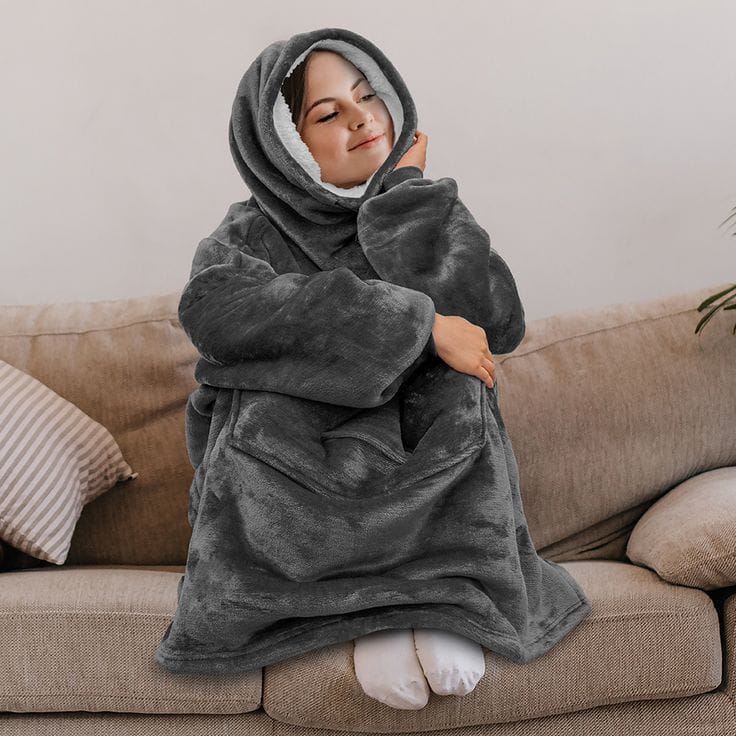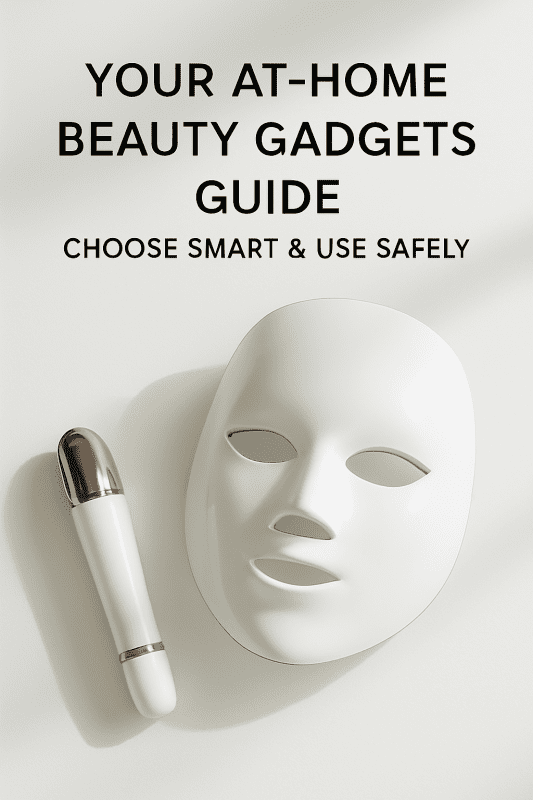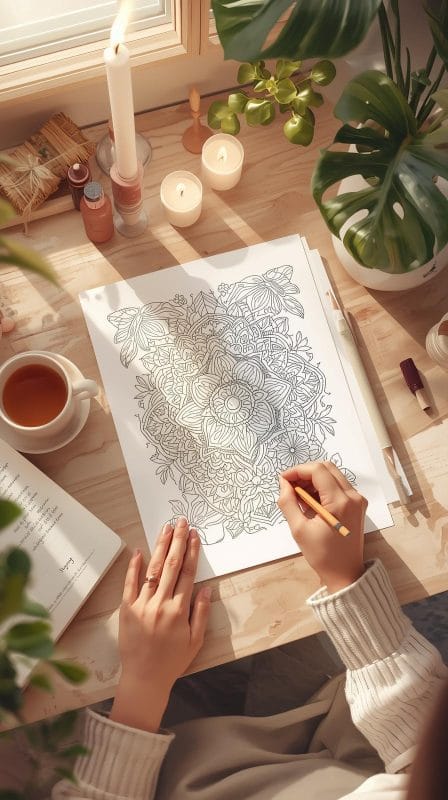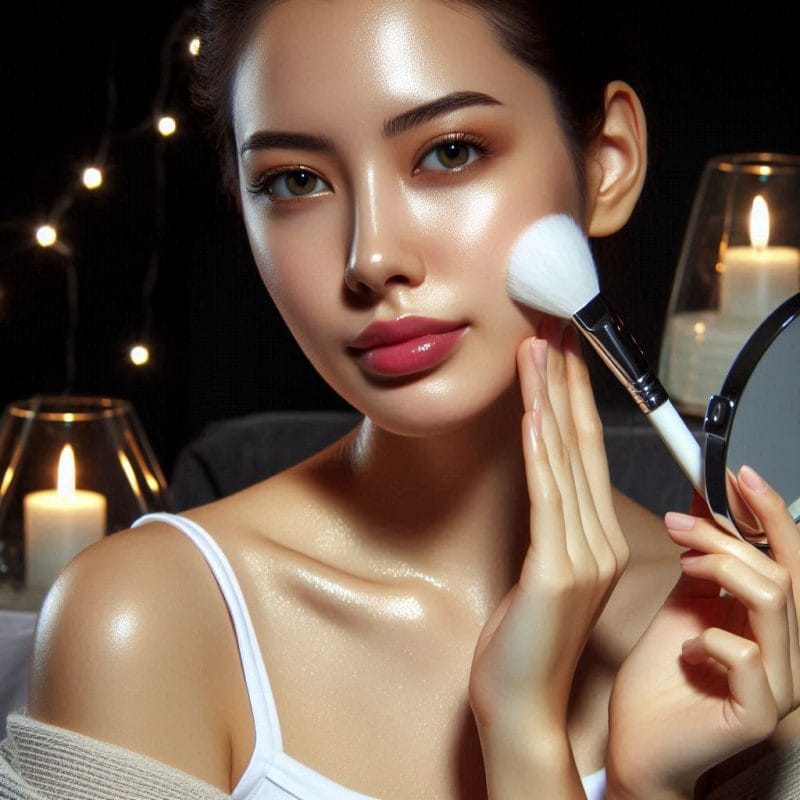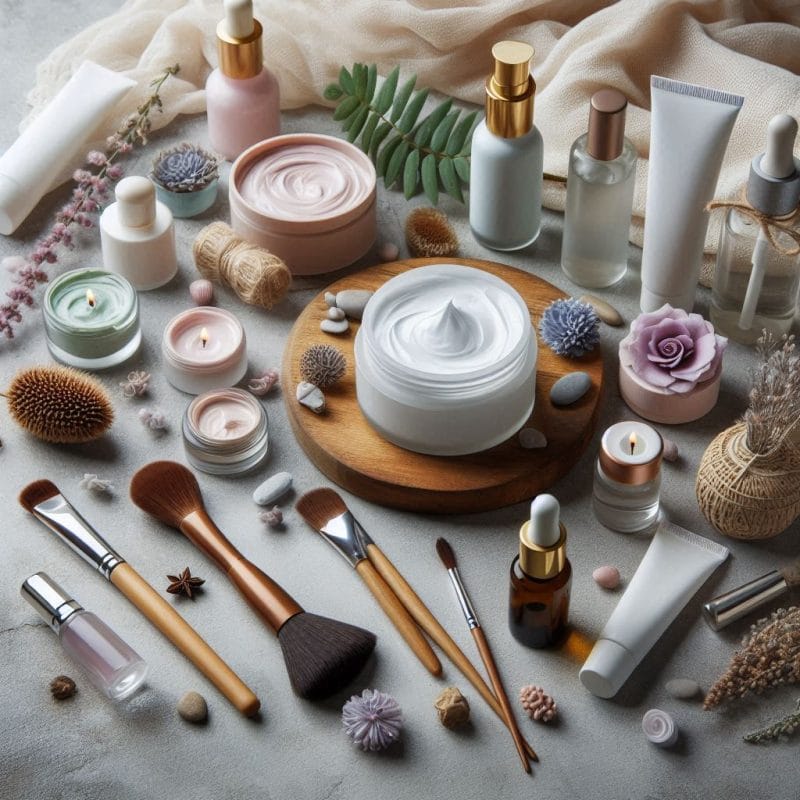Smart Self-Care for Busy Women
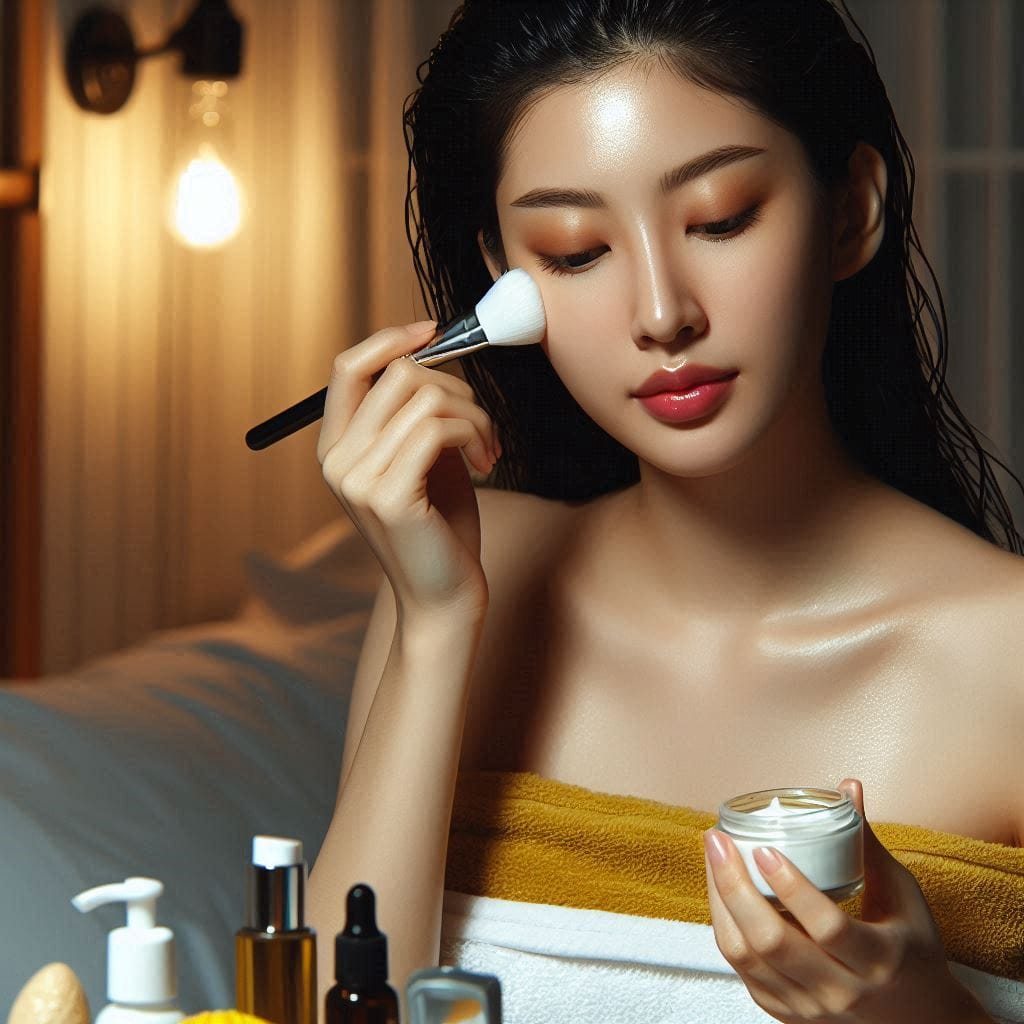
Hey beautiful soul — I know how life can feel like a never-ending juggle: work deadlines, family tasks, social responsibilities, and that quiet whisper deep inside that says, “I just want a moment for myself.” Self-care often sounds like a luxury — something you’ll “get to someday” — but for busy women, it’s a necessity.
In this post, I’ll walk you through:
Why lack of time is one of the biggest barriers to wellness (backed by research)
What micro self-care means and why it’s effective
Practical, science-backed ways to build tiny rituals into your day
How your own digital product — Your At-Home Beauty Gadget Guide — can support this journey
My hope is that by the end, you’ll see that caring for yourself doesn’t need hours — it just needs intention, tiny actions, and the right tools.
1. The Real Barrier: Time Scarcity & Overwhelm
The “Time Poverty” Women Experience
Research refers to “time poverty” — a phenomenon where people feel they don’t have the discretionary time needed to nurture their own health. Women, in particular, often bear the burden of unpaid domestic labor, childcare, and emotional work, which leaves little room for self. Psychology Today+2PMC+2
In a 2024 Gallup survey of U.S. women, 63% said it’s hard to prioritize their health because they feel overwhelmed, have work demands, or put others first. Gallup.com
Time scarcity doesn’t just impact behavior (like exercising less) — it can also increase stress and reduce well-being in studies linking time scarcity to negative health outcomes. ScienceDirect+1
Takeaway: The issue isn’t lack of desire — it’s structural constraints and competing demands. The goal is not a complete overhaul of your life (though that helps), but rather tiny, sustainable shifts.
2. What Is Micro Self-Care — and Why It Works
Definition & Rationale
Micro self-care refers to small, intentional moments of wellness woven into daily life. These aren’t long spa sessions, but short breaks: a minute of breathing, a 2-minute facial massage, a brief scalp stimulation. Karbon+1
These small acts interrupt stress accumulation, refresh cognitive focus, and reduce fatigue — especially important in our “always on / digital overload” world. Forbes+1
Scientific Support
The concept of micro interventions is studied in digital health: small “nudges” and behavior prompts can shift well-being outcomes. JMIR
In the domain of electrical or microcurrent devices, there's evidence that portable, user-administered microcurrent therapy can support healing, pain relief, and tissue regeneration. PMC+1
The wellness / self-care movement is evolving: “smart self-care” blends technology + mindfulness, pushing us from reactive to proactive care. Medium+1
Takeaway: Micro self-care harnesses evidence from behavioral science + bioelectric modalities to help you stay consistent — even in short time windows.
3. How to Build Tiny Rituals (Even When You’re Overwhelmed)
Here are gentle, realistic suggestions you can try today:
Duration | Micro Ritual | Why It Helps | Tips |
|---|---|---|---|
30–60 sec | Boosts circulation, relieves tension | Do it while brushing teeth or before sleep | |
2 minutes | Calms nervous system, relaxes shoulders | Use while waiting for water to boil or in the shower | |
3 minutes | Deep breathing + gentle vibration device | Lowers stress hormones, resets focus | Pair with a calming sound or brief pause |
5 minutes | Relieves muscle tension or PMS cramps | Use during a show or while reading |
Tips for success:
Schedule it: Block 5 minutes in your calendar like any appointment.
Stack it: Attach your ritual to something you already do daily (e.g. after checking email, before coffee).
Use multipurpose tools: Pick devices that combine heat + vibration + microcurrent so you get “more for less time.”
Be kind: Some days you’ll do more, some days less. The goal is consistency over perfection.
4. Overcoming Guilt, Resistance & Disconnection
Many women feel guilty or selfish when carving out “me time.” But reframing helps: self-care helps you show up better for everyone you love.
The self-care industry sometimes burdens women with the message that “if you only had X product or habit, you’d be enough.” That can backfire and cause stress. Psychology Today
Start with agency — small, controllable choices that show you you matter too.
5. When Technology Becomes a Small Act of Self-Love
Sometimes, caring for yourself feels like one more thing you should do — and that thought alone can feel exhausting. But what if it didn’t have to be another task? What if self-care could actually fit into your day, quietly, without asking for more of your energy?
That’s what I love about smart self-care tools. They don’t replace a walk, a hug, or a deep breath — they just make it easier to take that pause you’ve been needing.
Maybe it’s a small facial massager you keep by your nightstand. You pick it up before bed, run it across your cheeks for a minute or two, and feel the warmth remind your body that it’s safe to relax. Or maybe it’s that soft heating pad that sits on your lower back while you scroll through your phone — not because you’re doing “self-care right,” but because you’re finally giving yourself permission to rest.
These little moments don’t look like much from the outside, but they’re quiet rebellions in a world that keeps asking you to go faster. They say:
“I’m here. I matter. I deserve to feel good — even for five minutes.”
And honestly, that’s where real wellness begins.
At-Home Beauty Gadgets Guide
How to choose the right materials and features?
6. A Little Something That Helped Me Slow Down
If you’ve ever stood in front of your mirror thinking, “I wish I had the time (and the energy) to take care of myself the way I want to,” — I get it. I’ve been there too.
That’s actually why I created Your At-Home Beauty Gadget Guide. It’s not a fancy course or a complicated manual. It’s a gentle, practical companion — something I wish I had when I first started trying to bring calm and care back into my own days.
- Inside, you’ll find:
simple explanations of what each at-home beauty gadget does (no jargon, just real talk) - honest guidance on when and how to use them without overwhelming your schedul
- tiny, realistic rituals you can actually keep up with — even on your busiest weeks
It’s less about “doing more” and more about coming back to yourself — through warmth, touch, and small, mindful moments that remind you you’re alive, capable, and deserving of care.
If this sounds like something you need right now, maybe start there.
Take a deep breath. Read through it slowly. Let it be your quiet reminder that caring for yourself doesn’t have to be hard — it just has to be yours.



